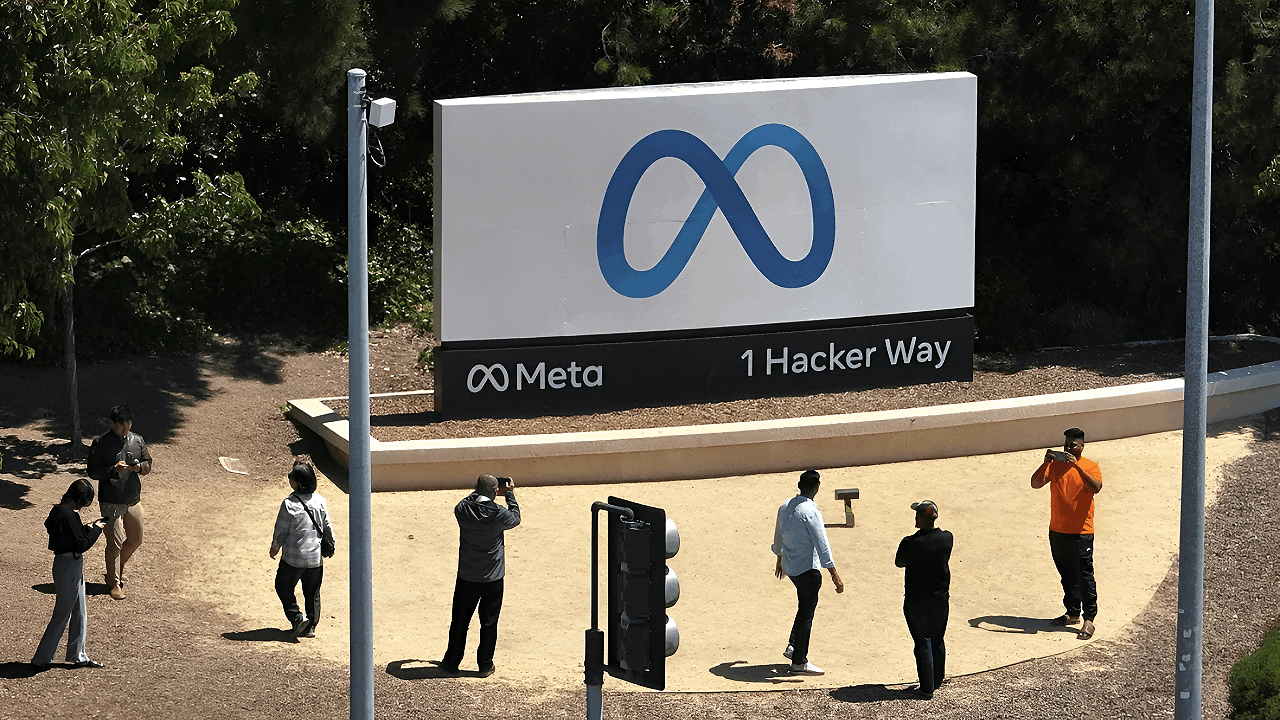
Overnight, Meta’s boldest experiment in artificial intelligence lost 600 minds. On October 22, 2025, Chief AI Officer Alexandr Wang sent a memo that rippled through Silicon Valley — a terse announcement about “streamlining conversations” and making teams “more load-bearing.”
Inside Meta’s vaunted AI lab, it didn’t feel like strategy. It felt like the floor gave way — and the future just blinked.
How Meta Went From Paying $100 Million for Talent to Laying Them Off

Just months back, Meta was in full hiring mode. The company had poured $14.3 billion into Scale AI and brought in Scale’s founder, a 28-year-old named Alexandr Wang, as Chief AI Officer. The competition for talent was fierce. Then, without warning, the brakes came on.
By mid-summer, hiring froze entirely. Behind closed doors, insiders were already whispering that Meta’s AI teams had become bloated, unfocused, and slow.
600 Engineers, Researchers, and Dreamers Lost Their Jobs

Around 600 people walked into the office expecting a normal day and left with severance packages. They’re getting several months of pay plus extended benefits; details were kept vague, and some get a shot at other internal roles.
The real story lives in what workers posted online afterward. “We were helping build the future, then we got replaced by it,” one engineer wrote. The disbelief was palpable.
“Too Many Voices, Not Enough Speed”

According to Wang, Meta’s older AI teams had become too fragmented. Decisions took too long, and breakthroughs came too slowly. The fix? Cut away the perceived dead weight and create what he called a “streamlined” operation.
The people you’re cutting? They’re the ones who built the engine you’re trying to race with. Critics have been asking the obvious question: how does firing your best mechanics make your car faster?
Cutting Talent While Chasing Superintelligence

There’s an uncomfortable irony baked into Meta’s move. The company is obsessed with building artificial intelligence that surpasses human intelligence, yet it’s laying off some of the most intelligent humans in the field. One tech journalist nailed it: “They fired their pit crew mid-race.”
The superintelligence lab previously housed thousands of specialists, so this 600-person cut represents between 10 and 20 percent of that workforce.
Who Stayed, Who Left, and What It Means

Before the layoffs, Meta’s superintelligence lab was its crown jewel. Now it’s hemorrhaging. The workforce dropped below 3,000. But here’s what’s telling: TBD Labs—the elite unit focused on next-generation foundation models—remained completely untouched.
The message Meta sent was crystal clear. Experience gets shown the door. Prestige and paychecks get to stay. For longtime engineers watching from the exit, it stung deeply.
Zuckerberg Approves the Cuts, But the Timing Says Something Else

CEO Mark Zuckerberg endorsed the restructuring, calling it a “focus realignment.” On the surface, that’s fine. But then comes the kicker: one day before announcing the layoffs, Meta revealed a $27 billion partnership to build a massive data center in Louisiana.
The message felt painfully tone-deaf for workers watching paychecks disappear while executives funded infrastructure. “It’s not cost-cutting,” one insider told reporters. “It’s deciding who gets to build the future—and spoiler: it’s not the people we just fired.”
Dreams Deferred, Lives Disrupted

Every number in this story masks a person. Some engineers relocated their families to the Bay Area for this opportunity. Researchers who turned down competing offers because Meta seemed like the place to change the world.
Unemployment for recent college graduates hit 5.8% in early 2025, the worst in years. Internal Meta forums exploded with anger and betrayal. “We were told we’d be the architects of the future,” one departing engineer posted. “Turns out, we’re just collateral damage.”
Silicon Valley’s Open-Door Era Is Closing

Meta built its reputation by sharing. Open-source code, published research, freely available data. For years, the company marketed itself as a good citizen in the AI community. Now, with layoffs targeting the very researchers who championed that collaborative spirit, something fundamental is shifting.
The $27 billion data center announcement makes it official: hardware is the new king. Critics worry this trend will concentrate AI advancement among a handful of mega-wealthy companies, leaving smaller voices and diverse perspectives on the cutting room floor.
Who Got Saved Says Everything About What Meta Values Now

The layoffs decimated legacy teams. Newer employees, especially those in TBD Labs, sailed through untouched. The veterans who built Meta’s entire AI foundation watched as fresh faces, the ones recruited at premium prices under Wang, kept their desks. “Experience was traded for prestige,” one departing engineer observed.
It’s a pattern Silicon Valley has seen before, but it cuts deeper when you’re the one being replaced. The psychological message was unmistakable that years of contribution don’t matter as much as the dollar amount on your signing bonus or the prestige of where you came from before Meta.
Congress Is Watching, and So Is the Rest of the World

Lawmakers didn’t miss this moment. Congressional aides told Reuters the layoffs “heighten urgency” around how AI is reshaping the American workforce. Globally, the competition is getting fiercer. Meta’s Llama 4 model got mixed reviews in April. It was fast, sure, but unreliable. Rivals in the U.S., Europe, and Asia are moving faster.
Job postings in generative AI worldwide exploded from just 55 in early 2021 to nearly 10,000 by May 2025. Executives and policymakers feel the pressure intensifying to move fast or get left behind.
AI Jobs Are Booming Everywhere Except Meta

Despite Meta cutting 600 people, the AI job market is white-hot. Veritone’s Q1 2025 analysis shows that AI and machine learning engineer roles surged 41.8% year-over-year, with median salaries of nearly $157,000. Amazon, Apple, and TikTok are all hiring aggressively with hundreds of open positions each.
In a dark twist of fate, Meta’s ousted specialists are probably the hottest commodity on the market right now. Every company wants them. Just not the one they helped build. That’s a ruthless form of irony.
A Wake-Up Call for Anyone in Tech

Tech workers have long believed their skills made them recession-proof. AI demand is sky-high; layoffs happen in other industries. This Meta move shatters that assumption. The software AI market is projected to hit $134.8 billion this year. Yet restructuring is constant.
The old playbook—learn to code and stay safe—no longer works. The future belongs to people who can adapt, pivot quickly, and thrive in chaos. Job security is now a luxury, not a guarantee.
Building “Human-Centered AI” While Firing Humans

Meta’s restructuring lit up social media with a grim observation: the company is using algorithms to decide which humans to fire in its AI division. The contradiction is staring everyone in the face. How do you build AI that’s “human-centered” while treating humans as expendable?
The debate raged online and in newsrooms: Can corporations genuinely build intelligence around human values when those same companies are shedding the humans who contribute that perspective?
Wall Street Loves It. Workers?

J.P. Morgan’s 2025 AI outlook frames Meta’s move as smart optimization. Companies, they say, are transitioning from chaotic experimentation to disciplined deployment. It makes sense from a spreadsheet perspective. But inside Meta’s offices, that corporate language sounds hollow. “They tell us it’s about alignment,” one departing employee said. “To us, it feels like abandonment.”
The gap between how Wall Street and workers experience the same event has never been wider. For now, Meta’s 600 cut employees are watching the finish line of the AI race recede into the distance, while others sprint past them toward a future they helped design.